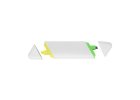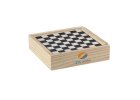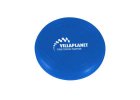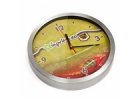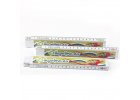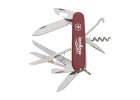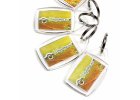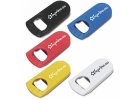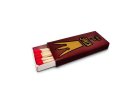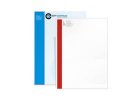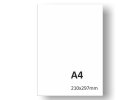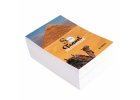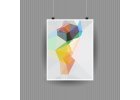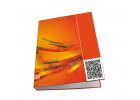Vector graphics
Vector Graphics is one of the two fundamental methods for representing image information in computer graphics. While raster graphics describe the entire image using values of individual color points (pixels) arranged in a rectangular grid, a vector image is composed of basic geometric shapes such as points, lines, curves, and polygons.
Advantages
Vector graphics offer several advantages over raster graphics:
- Images can be scaled up or down without any loss of quality.
- Each object in the image can be manipulated independently.
- The memory requirement for vector images is usually much smaller than for raster graphics.
Disadvantages
- Creating vector graphics is generally more complex compared to raster graphics. Raster images can be easily captured using a camera or scanner.
- If the complexity of the graphic object exceeds a certain threshold, vector graphics can become more demanding on memory and processing power compared to bitmap graphics.
Vector Graphics Formats
- .eps, .ps – PostScript
- .pdf – Portable Document Format
- .ai – Adobe Illustrator Artwork
- .cdr – Corel Draw
- .svg – Scalable Vector Graphics
- .zmf – Zoner Callisto


